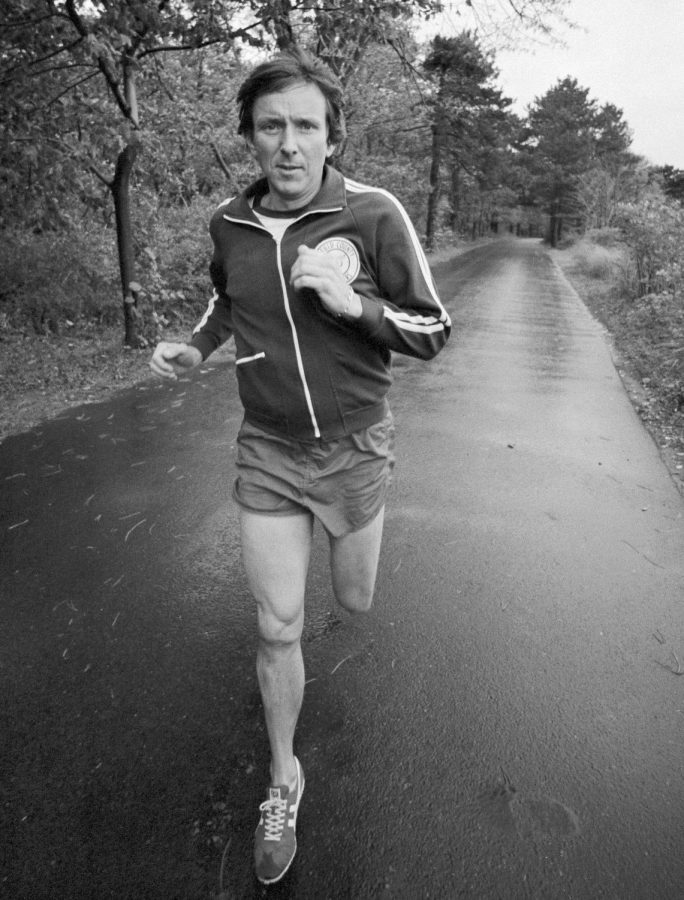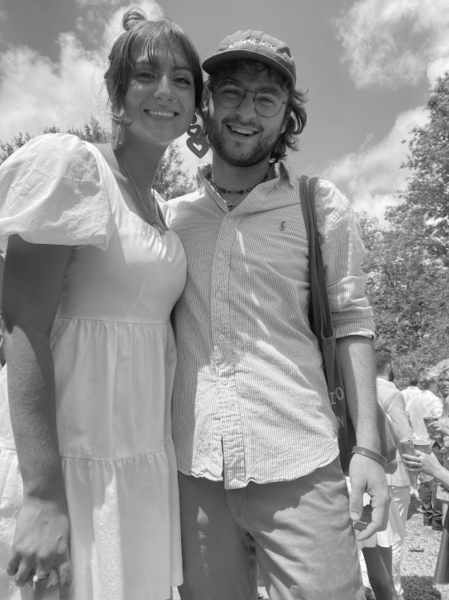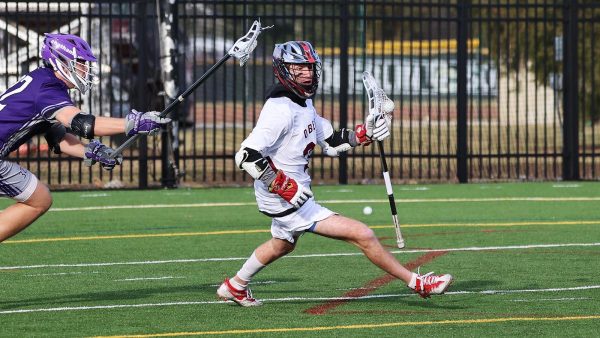Oberlin Alum Jim Fixx OC ’57: Forgotten Father Of Running
Jim Fixx goes on a run.
On Nov. 6, the world watched over 40,000 runners compete in the prestigious New York City Marathon, an event that exemplifies the impact running has had on American culture from the sheer number of participants to the crowd of enthusiastic supporters holding up creative signs of encouragement. What few may know is that an Oberlin alum had a significant role in helping running gain this much attention in the first place.
James “Jim” Fixx, OC ’57, did not initially start out as a runner. He came to Oberlin on the G.I. Bill and served as the publicity director for a magazine called The Forum. After graduation, Fixx continued to write, serving as an editor for magazines such as The Saturday Review, McCalls, and Life and Horizon, and later married his college sweetheart Mary Durling, OC ’57.
A number of factors led Fixx to start running. He sustained a calf injury while playing tennis with a friend and was concerned about his family’s history of heart attacks, with his father, Calvin Fixx, suffering from one at the age of 35. After his first run since training in the army, a half-mile down his neighborhood, Fixx continued to run and reflected on his experience in his journal.
“What did I learn from this run? 1) it’s harder to run alone than with someone 2) and slower 3) three tootsie rolls seemed to help, but only a little,” he wrote.
Slowly, Fixx noticed remarkable improvements. He transformed from a man who smoked two packs of cigarettes a day and finished dead last in his first race to one who ran 10 miles daily and weighed 61 pounds less. Impressed by the effects running had on his life, Fixx began to compile his experiences and advice into a book called The Complete Book Of Running.
Rather than seeing it as a sweaty and disgusting punishment, Fixx described running as a liberating activity that tested one’s physical limits, pushed people to be the best they could be, no matter what level they were at, and could even lengthen a person’s lifespan.
“It is here with my heart banging against my ribs that I discover how far beyond reason I can push myself,” Fixx wrote. “Furthermore, once a race has ended, I know what I am truly made of. Who can say how many of us have learned some of life’s profoundest lessons while aching and gasping for breath?”
Fixx published his book when running was slowly becoming more popular among Americans. During the ’70s, there were smaller-scale opportunities for amateur runners. Only hundreds, not thousands, of runners came out to races, women were not allowed to compete, and prize money was banned. Slowly but surely, however, Americans began to win marathons — Frank Shorter won in the 1972 Munich Olympics, and Nina Kuscsik was the first official female winner of the Boston Marathon that same year. All of this set the stage for the popularity of Fixx’s book.
The Complete Book Of Running was number one on The New York Times bestseller list for 11 weeks straight. In 1978, when the book sold over 500,000 copies, 100,000 Americans finished a marathon that year, the largest number at the time. Fixx continued to write more about running, despite tragedies such as the death of his father, a divorce, and a controversy when former President Jimmy Carter collapsed in a group run that he led.
Ultimately, Fixx’s genetics and unhealthy lifestyle before running caught up to him. In 1984 at the age of 52, he had a fatal heart attack while, ironically, on a run in rural Vermont. Though his name has been all but lost to history, Fixx’s legacy and message continue to inspire others.
More than 300,000 Americans competed in marathons in 1994, ten years after his death, including Oprah, who publicly documented her progress on her show. Especially during 2020’s COVID-19 lockdowns, fitness was highlighted as an essential part of quarantine life, from Chloe Ting’s ab workouts to virtual races held across the country. As at many colleges, running has become a quiet staple of life at Oberlin, whether that be going for a quick jog on the bike trail, partaking in a running course held by the athletics department, or training for a 5K held by organizations from Obies for Undocumented Inclusion to the Heisman Club.
So when you see signs reading “The rats don’t run this city, you do” at marathons, take part in YeoFit’s running programs, or notice joggers outside even in the dead of winter, remember that you have a very influential Obie to thank for that.







